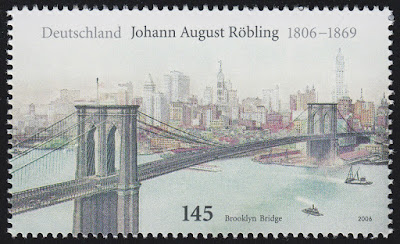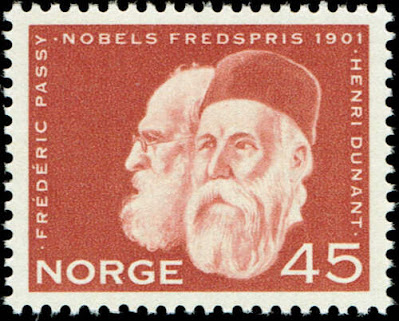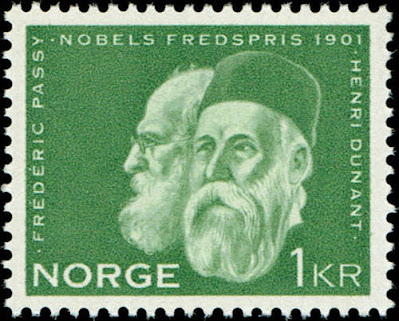1550 – The city of Helsinki, Finland (belonging to Sweden at the time) is founded by King Gustav I of Sweden.
Helsinki is the capital and most populous city of Finland. Located on the shore of the Gulf of Finland, it is the seat of the region of Uusimaa in southern Finland, and has a population of 650,058. The city's urban area has a population of 1,268,296, making it by far the most populous urban area in Finland as well as the country's most important center for politics, education, finance, culture, and research. Helsinki is located 80 kilometres (50 mi) north of Tallinn, Estonia, 400 km (250 mi) east of Stockholm, Sweden, and 300 km (190 mi) west of Saint Petersburg, Russia. It has close historical ties with these three cities.
Together with the cities of Espoo, Vantaa, and Kauniainen, and surrounding commuter towns, Helsinki forms the Greater Helsinki metropolitan area, which has a population of nearly 1.5 million. Often considered to be Finland's only metropolis, it is the world's northernmost metro area with over one million people as well as the northernmost capital of an EU member state. After Stockholm and Oslo, Helsinki is the third largest municipality in the Nordic countries. Finnish and Swedish are both official languages. The city is served by the international Helsinki Airport, located in the neighboring city of Vantaa, with frequent service to many destinations in Europe and Asia.
Helsinki was the World Design Capital for 2012, the venue for the 1952 Summer Olympics, and the host of the 52nd Eurovision Song Contest in 2007.
Helsinki has one of the world's highest urban standards of living. In 2011, the British magazine Monocle ranked Helsinki the world's most liveable city in its liveable cities index. In the Economist Intelligence Unit's 2016 liveability survey, Helsinki was ranked ninth among 140 cities.
Stamps issued in 1950 for the 400 year anniversary of the founding of Helsinki
1806 Born: John A. Roebling, German-American engineer, designed the Brooklyn Bridge (d. 1869)
John Augustus Roebling (born Johann August Röbling; June 12, 1806 – July 22, 1869) was a German-born American civil engineer. He designed and built wire rope suspension bridges, in particular the Brooklyn Bridge, which has been designated as a National Historic Landmark and a National Historic Civil Engineering Landmark.
The Brooklyn Bridge is a hybrid cable-stayed/suspension bridge in New York City, spanning the East River between the boroughs of Manhattan and Brooklyn. Opened on May 24, 1883, the Brooklyn Bridge was the first fixed crossing across the East River. It was also the longest suspension bridge in the world at the time, with a main span of 1,595.5 feet (486.3 m) and a deck height of 127 ft (38.7 m) above mean high water. The span was originally called the New York and Brooklyn Bridge or the East River Bridge but was officially renamed the Brooklyn Bridge in 1915.
Proposals for a bridge connecting Manhattan and Brooklyn were first made in the early 19th century, which eventually led to the construction of the current span, designed by John A. Roebling. His son Washington Roebling oversaw the construction and contributed further design work, assisted by the latter's wife, Emily Warren Roebling. While construction started in 1870, numerous controversies and the novelty of the designed construction process caused the actual construction to be prolonged over thirteen years. Since opening, the Brooklyn Bridge has undergone several reconfigurations, having carried horse-drawn vehicles and elevated railway lines until 1950. To alleviate increasing traffic flows, additional bridges and tunnels were built across the East River. Following gradual deterioration, the Brooklyn Bridge has been renovated several times, including in the 1950s, 1980s, and 2010s.
The Brooklyn Bridge is the southernmost of four toll-free vehicular bridges connecting Manhattan Island and Long Island, with the Manhattan, Williamsburg, and Queensboro bridges to the north. Only passenger vehicles and pedestrian and bicycle traffic are permitted. A major tourist attraction since its opening, the Brooklyn Bridge has become an icon of New York City. Over the years, the bridge has been used as the location of various stunts and performances, as well as several crimes and attacks. The Brooklyn Bridge has been designated a National Historic Landmark, a New York City landmark, and a National Historic Civil Engineering Landmark.
Stamps and First Day Cover issued in 2006 by Germany to commemorate John Augustus Roebling
US First Day Cover issued for the 100th year anniversary of the opening of the Brooklyn Bridge
1817 – The earliest form of bicycle, the dandy horse, is driven by Karl von Drais.
Karl Freiherr von Drais (full name: Karl Friedrich Christian Ludwig Freiherr Drais von Sauerbronn) (29 April 1785 in Karlsruhe – 10 December 1851 in Karlsruhe) was a noble German forest official and significant inventor in the Biedermeier period.
Drais was a prolific inventor, who invented the Laufmaschine ("running machine"), also later called the velocipede, draisine (English) or draisienne (French), also nicknamed the hobby horse or dandy horse. This was his most popular and widely recognized invention. It incorporated the two-wheeler principle that is basic to the bicycle and motorcycle and was the beginning of mechanized personal transport. This was the earliest form of a bicycle, without pedals. His first reported ride from Mannheim to the "Schwetzinger Relaishaus" (a coaching inn, located in "Rheinau", today a district of Mannheim) took place on 12 June 1817 using Baden's best road. Karl rode his bike; it was a distance of about 7 kilometres (4.3 mi). The round trip took him a little more than an hour, but may be seen as the big bang for horseless transport. However, after marketing the velocipede, it became apparent that roads were so rutted by carriages that it was hard to balance on the machine for long, so velocipede riders took to the pavements and moved far too quickly, endangering pedestrians. Consequently, authorities in Germany, Great Britain, the United States, and even Calcutta banned its use, which ended its vogue for decades.
German stamp issued in 2017 for the 200th anniversary of the bicycle
1912 Died: Frédéric Passy, French economist and academic, Nobel Prize laureate (b. 1822)
Frédéric Passy (20 May 1822 – 12 June 1912) was a French economist and pacifist who was a founding member of several peace societies and the Inter-Parliamentary Union. He was also an author and politician, sitting in the Chamber of Deputies from 1881 until 1889. He was a joint winner of the Nobel Peace Prize in 1901 for his work in the European peace movement.
Born in Paris to a prominent Catholic and Orléanist family, Passy was surrounded by military veterans and politicians. After training in law, he worked as an accountant and served in the National Guard. He soon left this position and began travelling around France giving lectures on economics. Following years of violent conflicts across Europe, Passy joined the peace movement in the 1850s, working with several notable activists and writers to develop journals, articles, and educational curricula.
While sitting in the Chamber of Deputies, Passy developed the Inter-parliamentary Conference (later the Inter-Parliamentary Union) with British MP William Randal Cremer. Alongside this, he founded several peace societies: the Ligue Internationale et Permanente de la Paix, the Société Française des Amis de la Paix, and the Société Française pour l'Arbitrage entre Nations. Passy's work in the peace movement continued into his later years, and in 1901, he was awarded the Nobel Peace Prize alongside Red Cross founder, Henry Dunant.
Passy died in 1912 after a long period of illness and incapacitation. Despite his economic works gaining little traction, his efforts in the peace movement resulted in him being recognised as the "dean of European peace activists".:34 His son, Paul Passy, published a memoir of his life in 1927, and his works are still being republished and translated into English in the 21st Century.
Stamps from Norway depicting Frederic Passy and Henri Dunant







No comments:
Post a Comment